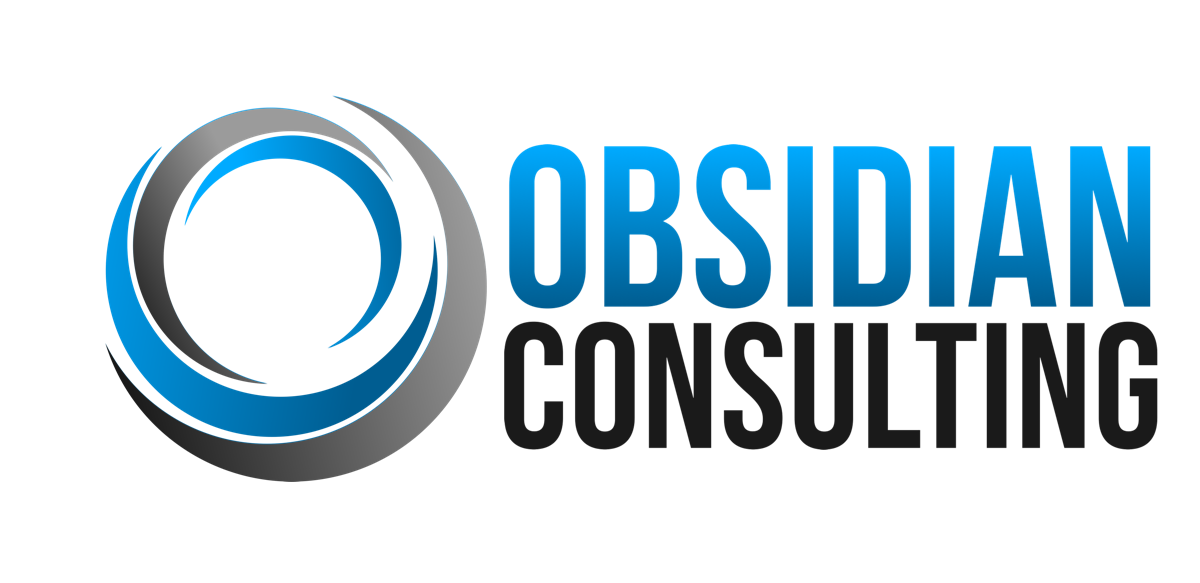
23 Dec Assessing Project Risk
When trying to assess a project’s risk, there are a number of steps you can take to make the process easier and ensure better results overall.
1) Determine Potential Risks
These are some examples of potential risks to your project and questions that you can ask yourself up front so that you can create a plan to mitigate this risk.
Team
Do you have enough team members for the project?
Does your team have the right skill sets to complete the project?
Does your team have overlapping skill sets to account for illnesses or missed project days?
b. Timeline
What is the completion date of the project in relation to the current date (how long do you have)?
How flexible is the completion date?
Do you have a margin built in for testing and potential pitfalls?
Based on the scope and estimated milestone timelines, do you have enough time to complete the project without affecting quality?
c. Ownership
Who owns what piece of the project?
Do you have team leads in part of different pieces? What is the communication channel for these teams to check in regularly?
If working for a client, what happens if they are delayed in sending you content, documents, getting licenses, etc? Is there a central document or list of items they need to deliver and dates for delivery?
Each project will be different and there will be many more questions you will need to ask and answer as early in the process as possible. Your risk assessment may be an on-going function that is reviewed and updated periodically. As the Project Manager, you will need to determine the questions and answers based on your own project scope, team and circumstances.
2) Prioritize Risk / Calculating Risk Exposure
Prioritizing risk can be as complex or as simple as you want to make it. Some people will factor in how likely or unlikely something is to occur, how controllable something is, whether it affects the scope, budget, and/or timeline. Some people will simplify this whole process and just put a red (bad/high priority), yellow (not so bad/medium priority), green (minor/low priority) beside each item. Personally I just use a number system from 1-5 (1 being high priority and 5 being low priority) and everything else I calculate in my head to reach the number I assign – while it is not the most accurate method, I find it works for 95% of the projects I’ve worked on, with the other 5% just scaled up as needed.
3) Create Contingency Strategies for Medium to High risk
Once you know your high risk items (and medium-high), you can then work on “what if” scenarios to create contingency strategies to ensure that your project is as minimally affected as possible. Again these can be as complex or as simple as you want to make them, but make sure that they make sense to you so that when you are looking at them down the line, you are not hindered attempting to demystify what you wrote down. Some clients require this as part of the overall contract, so it is actually a good idea to create a template which you can just fill in and pass along. Excel spreadsheets work well for this with a breakdown of Issue, Priority, and Contingency.


